PHE America is no longer adding new content. You can still peruse past articles.
Category: PHE Current Issues
This category includes essays and articles on a wide range of topics. Read what’s good and what the challenges are about current teaching and coaching practices, and what physical and health education must do to thrive in the future. It’s a place to share, discuss, and debate ideas. Read and join the conversation.
What Does Quality Physical Education Have to Do with Military Readiness?
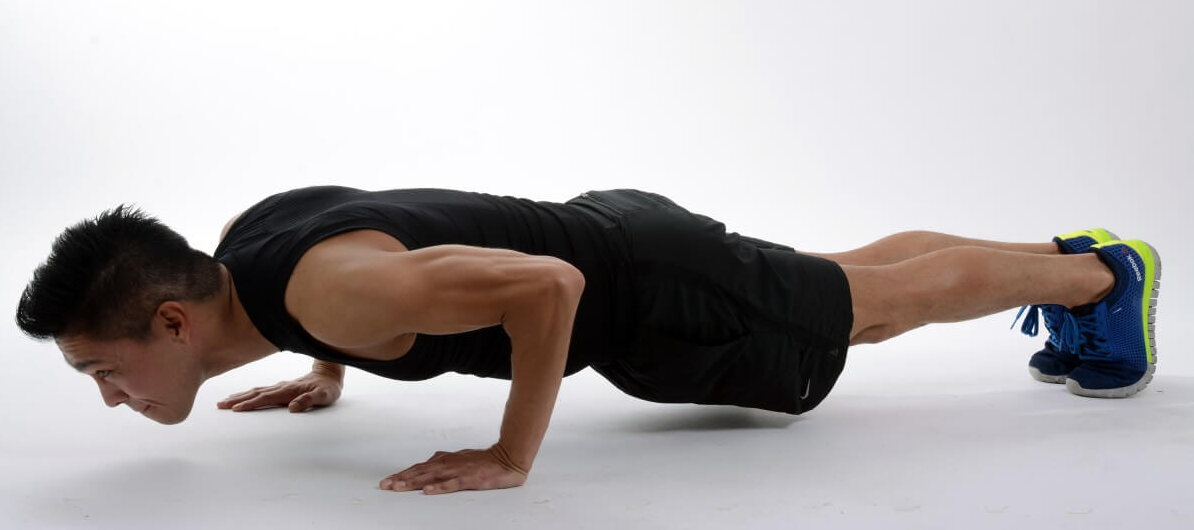
As a longtime physical educator, I know and value the importance of quality physical education to our children’s well-being. I am also a military veteran raised by two veteran parents and have two siblings who also served in the military. Needless to say, like physical education, I also value the military and how it protects its citizens from threats and supports peace and stability worldwide. Naturally, both professions are tied to the common goal of high levels of quality physical fitness. Unfortunately, both professions are currently struggling to meet this goal, and the consequence of this continuing failure puts nations at risk.

Fitness in our Schools
The necessity to improve physical fitness and overall health in school-aged children in the United States has received considerable attention ever since the Kraus-Weber Test was national news in 1953 for revealing American children’s poor fitness scores when it came to postural muscles and flexibility (Kraus & Hirschland, 1953). President Eisenhower established the President’s Council on Youth Fitness in 1956 in response to the test results with the goal of promoting youth fitness (Esmonde & Jette, 2021). Regardless of the continuous efforts of the President’s Council on Youth Fitness over the past 80 years, youth physical activity levels have struggled.
Leading as a Scholar with a Physical Limitation: If You Cannot Do It – Can You Teach It?
(Article 4 of 5)
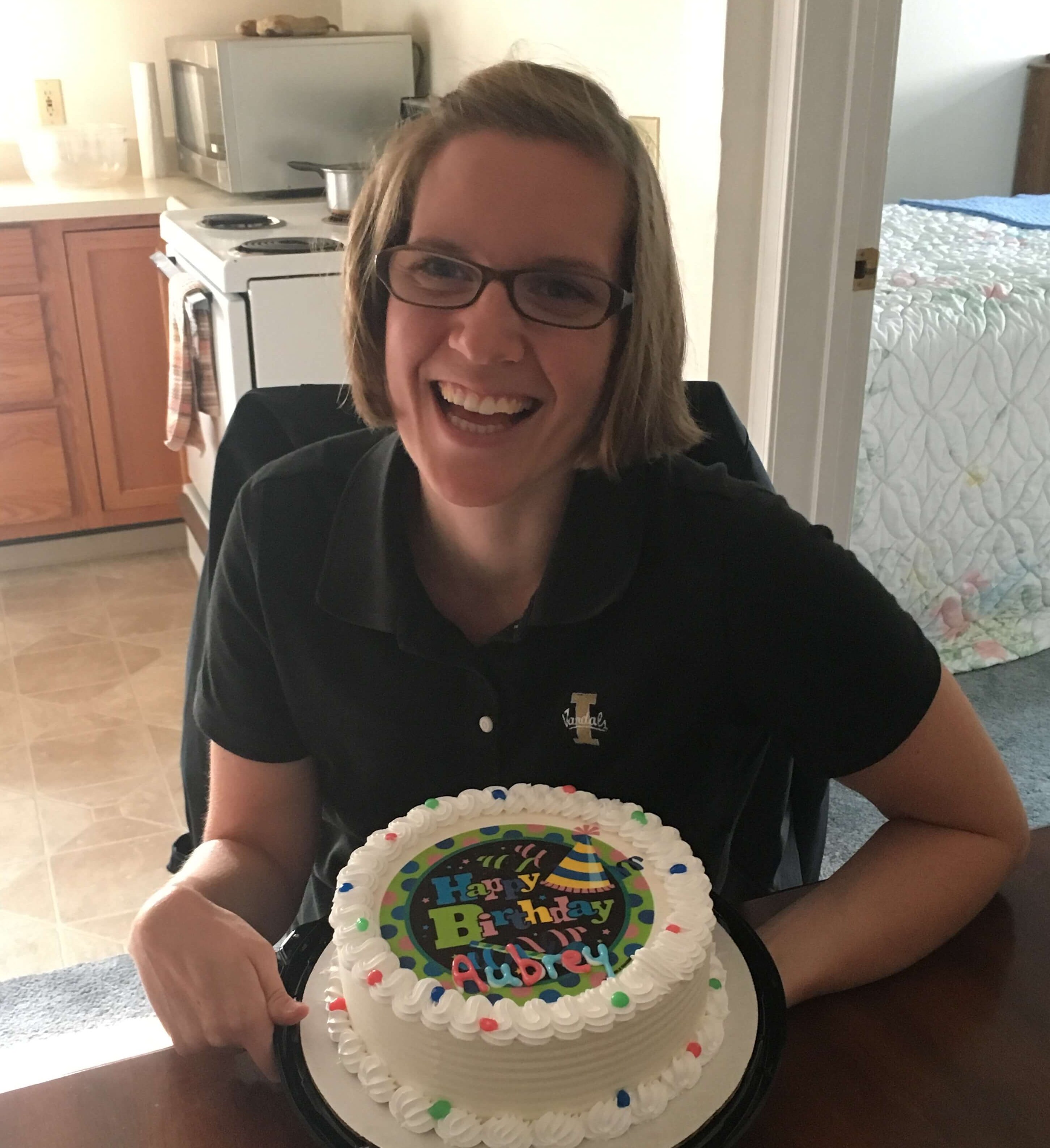
People with physical disabilities hold limited positions as scholars, teachers, or leaders in physical education, recreation, and sport. Perhaps the reason is that the field is flooded with able-bodied people who think they know best. But do they? Michael Oliver, imminent writer, and scholar argued that people with physical disabilities should be the only ones in the field of disability studies because they have a bodily experience with disabilities. The following five-part article series shares the perspective of a scholar in the field of disability sports who has her own physical limitations. In each article, she discusses a different issue a person with a physical disability faces in the profession of physical education, recreation, and sport.
Part IV: If You Cannot Do It – Can You Teach It?
Texas Law Requires Interscholastic Sports for Students with Disabilities
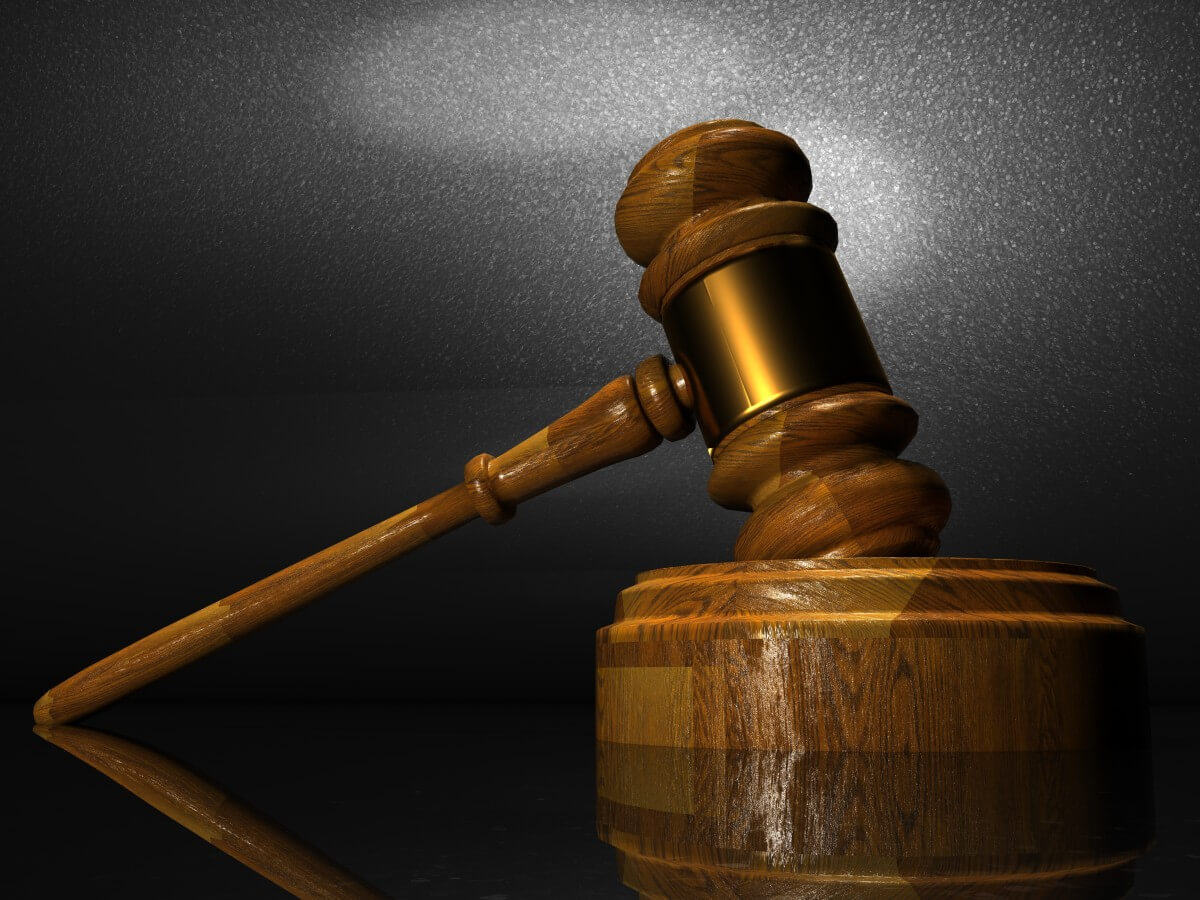
Introduction
The authors hope this Bill could be introduced in your state to help students with disabilities gain equal access to and equality for sports equivalent to what is offered to nondisabled students. The article will present Texas Senate Bill 776, highlighting notable sections, language suggestions, the need for state disability sports laws, arguments presented for this Bill, proposed advocacy, and recommendations for implementation. Texas, for example, has organized interscholastic men’s sports for over 100 years and women’s for 50 years (Title IX. 1972), it’s time students with disabilities have the same equality and equity opportunities (i.e., funding, coaches, full seasons, competitions, uniforms, etc.). SB776 mandates Texas interscholastic sports and school districts to “own/run/manage” all aspects of disability sports and does not allow the “pawn off” responsibility to nonprofit volunteer organizations. Implementation is the sole responsibility of the state’s interscholastic sports league. It is crucial that students with disabilities are presented with the same sports opportunity. Pertinent stakeholders should be aware of mandated laws, such as SB776, that provide competitive sports for students with disabilities. Community engagement as well as organizational efforts are warranted interscholastic sports and school districts to fulfill their responsibility.
The Law
TX SB776 | 2021-2022 | 87th Legislature
Help Revise the National PE Standards
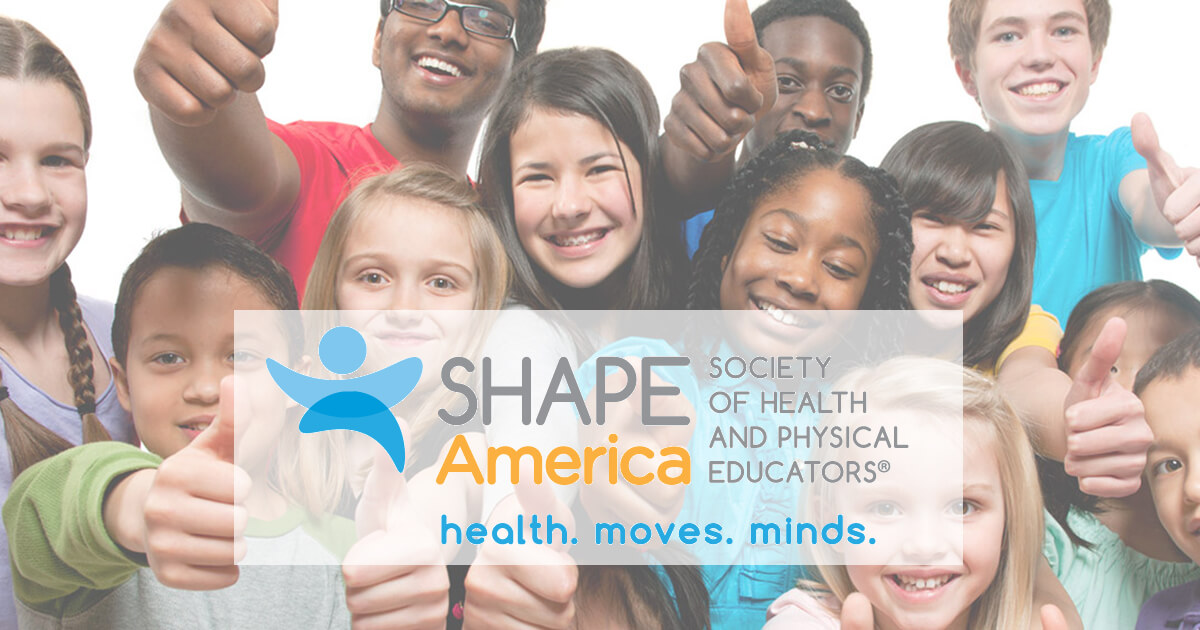
School districts across the country rely on SHAPE America’s National Standards and Grade-Level Outcomes for K-12 Physical Education in order to develop their own standards, frameworks and curricula.
As part of the ongoing standards revision process, SHAPE America’s National Physical Education Standards Task Force has tirelessly gathered research and best practices from education experts throughout the world, and has collected feedback from the HPE community. Based on the feedback from the first round of Public Review and Comment, SHAPE America, and the National Physical Education Standards Task Force have developed proposed Student Attributes and Draft Standards, which are now available for your review and comments. Don’t miss your chance to share your feedback during this second round of Public Review and Comment.
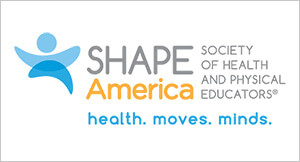
The Revision of the National Health Education and Physical Education Standards: An Administrative Perspective
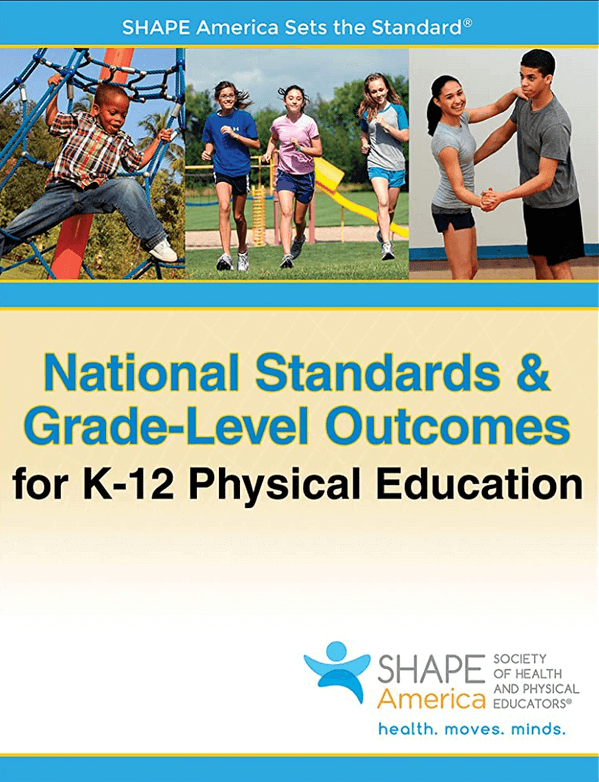
As we begin a new year, the Society of Health and Physical Educators (SHAPE America) continues to engage two national task forces to revise the national standards in health and physical education and I consider this work to be critical to the future of our profession. In regularly reviewing and revising our standards, we make certain that we include the latest research, hands-on teacher experiences, and best instructional practices from the field. Additionally, it allows us to continue to take a critical look at how our society and education have evolved around the essential work of student wellness in our schools.
In recent years, I served at my state level on our standards review team and found the work to be invaluable in serving the needs of every student. We made a lasting commitment to forging forward with progressive and responsive core ideas and disciplinary practices that speak to every community in my diverse state of New Jersey. This is the task ahead for the national revision. In order to serve the needs of our young people across the nation, SHAPE America has the momentous responsibility of building national standards that echo the voice of every child in America.
I believe that this significant task means incorporating the very latest research on the critical and essential skills of physical movement in physical education and a focus on skill-based health education to foster a classroom of inquiry-based instruction. We must incorporate the ability of students to contribute to and create a learning environment where they can thrive, grow and learn. Our future standards must reflect that student-focused approach.
The Educator Within: A Personal Reflection

I share my thoughts about my life journey and inspire students to trust and be all they can be from within. The following reflection is based on my interpretation of The God in You, by Robert Collier © 1937. This is one of many books in my library chosen for the silent early hours of predawn. I hope it helps you reflect on why you do what you do – what we do, in working with youth.
Something
Drives me